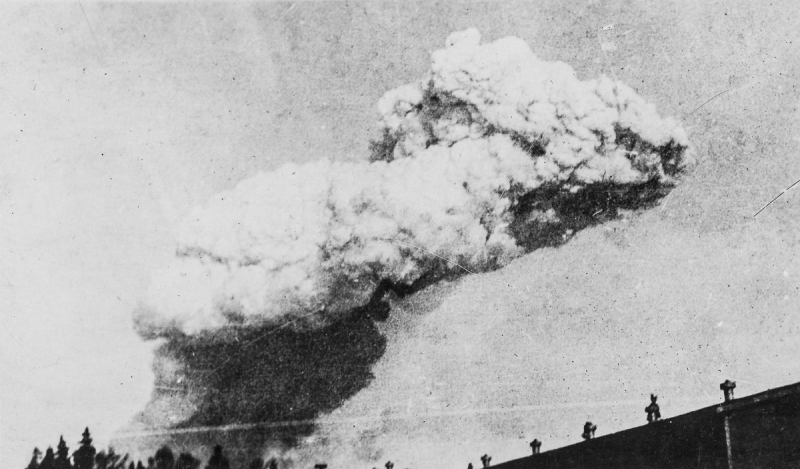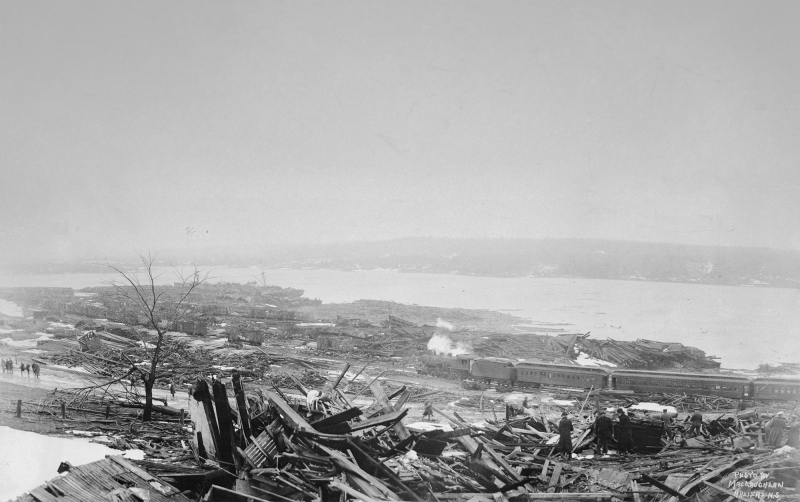The Halifax Explosion
Let's examine a maritime catastrophe that resulted in the largest pre-atomic explosion ever created by humans. What made it particularly terrible was that a significant portion of the city of Halifax, Nova Scotia, was completely destroyed by the explosion, which didn't happen out in the middle of the ocean.
The SS Mont-Blanc and the SS Imo intended to pass each other through the Narrows, a strait that connected the harbor to Bedford Basin, on the morning of December 6, 1917. Unfortunately, the two vessels collided at a slow speed as a result of negligence. Normally, this wouldn't be a big deal, but the Mont-Blanc was a French cargo ship loaded to the gills with explosives like TNT and other combustible materials. Benzol barrels fell over during the collision, flooding the ship. Sparks soon caused the fuel fumes to ignite, and the Mont-Blanc quickly took fire.
Sadly for Halifax, no one knew of the hazardous cargo on board the ship, so people gathered to the streets and their windows to gaze at the enormous fire. The explosives went off around fifteen minutes later, instantaneously killing over 1,600 people. The massive explosion also generated a tsunami that made its way to the adjacent city of Dartmouth. The Halifax Explosion resulted in somewhat fewer than 2,000 fatalities, thousands of demolished structures, as well as injuries and homelessness for many others.
Date: 6 December 1917
Time: 9:04:35 am (AST)
Location: Halifax, Nova Scotia, Canada
Deaths: 1,782 (confirmed)
Non-fatal injuries: 9,000 (approximate)












